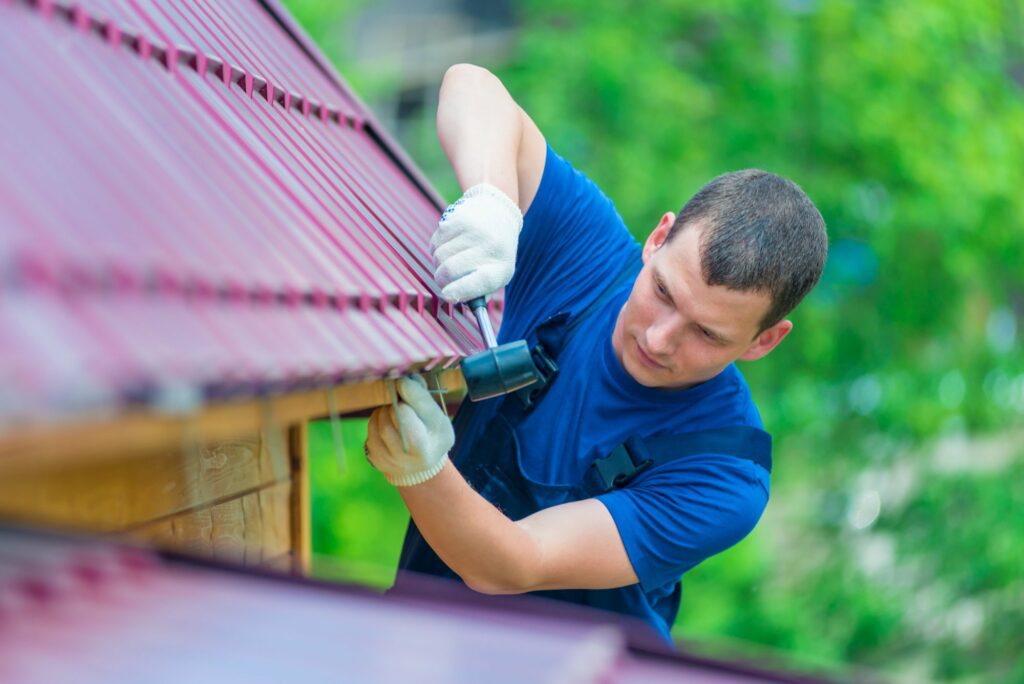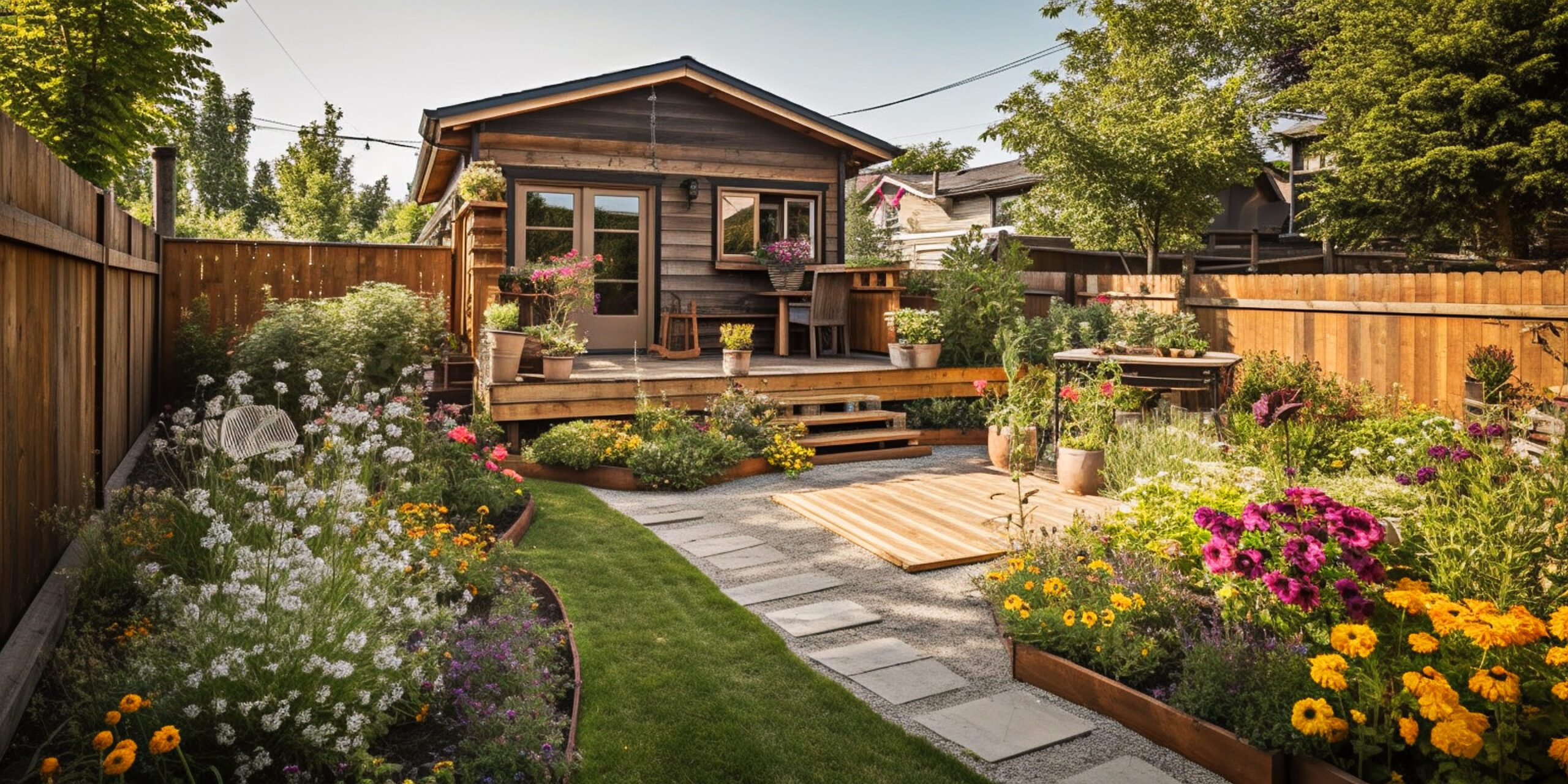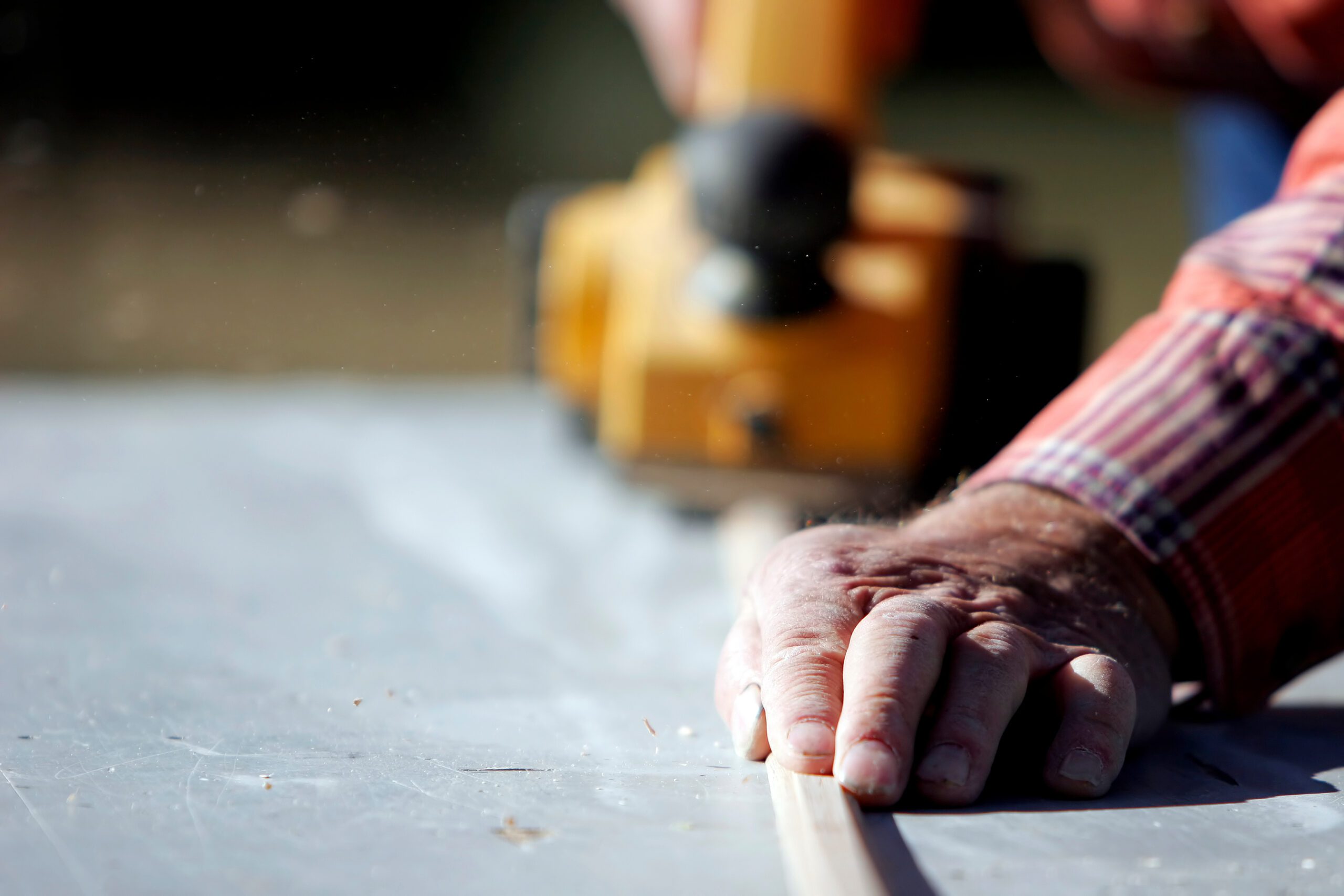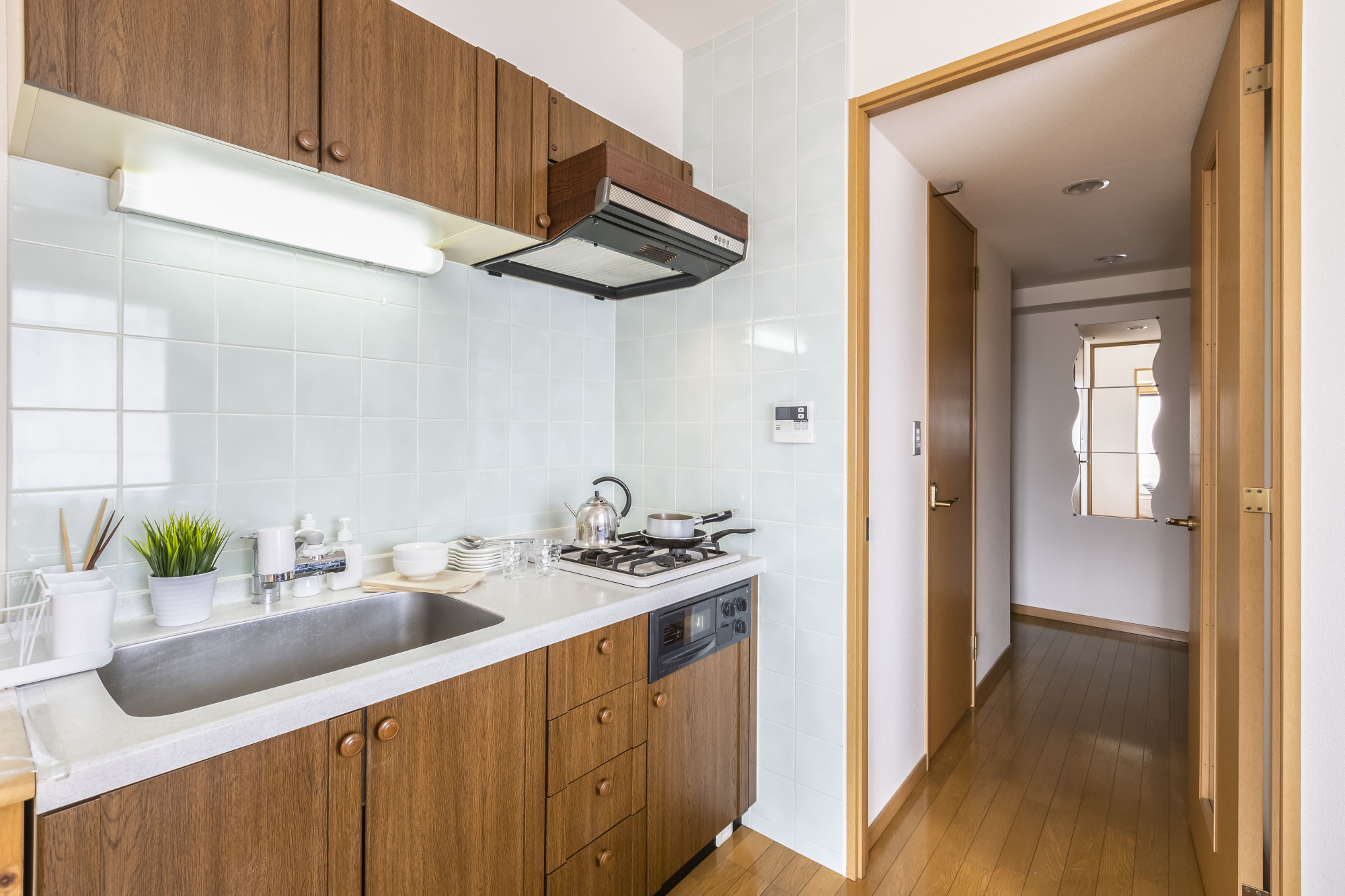Ever notice a trend in so many of the ancient ruins discovered around the world? They uncover some fragment of the foundation which leads to a wall. The wall leads to a basement and a treasure trove of artifacts and insights.
What you don’t ever see is a ruin with an intact roof. That’s because of all the elements of a structure, the roof is the least likely to resist gravity.
You know you need to get a new roof installation if you have problems with leaks, rot, and snowpack. What you might not know is that roofs also keep a place cool. A proper roof can lower temps by as much as 50 degrees.
When’s the best time to get a new roof? There are more factors to this question than you might realize. Read on for a full rundown.
Seasonal New Roof Installation
The roof of a home contains a lot of technology and advancements. The materials repel and trap heat. The shape promotes or restricts airflow.
The eaves and gutters work to direct water away from the walls and the foundation. People didn’t just decide that they wanted slightly better coverage when they got away from the thatched roof.
Each of these crucial pieces of infrastructure needs to be inspected and kept in good working order to prevent a lot of damage to the house.
Unfortunately, there’s never an ideal time to live in a structure with only part of a roof.
The best you can do is pick the negatives you are most comfortable with. Contrast that with what you can deal with, and pick a season based on that. Keep in mind, roofers themselves have peak and off-seasons.
If the price is a big factor in getting a roof replacement, consider balancing your comfort level with your budget.
Spring
The tail end of the off-season for pricing corresponds with some of the heavier rain months. Depending on the area you live, February, March, or April may be the wettest of the year.
Facing up to ten days of rain makes getting a new roof done in these months a challenge for roofers. The work needs to be done quickly but is also dangerous to do in a downpour.
If you chose a spring roofing job, be prepared for a few delays and to have a portion of your property occupied by storage.
The largest downside comes from drainage concerns. If you have a property prone to flooding around the foundation or basement, taking away parts of the eaves and gutter will be felt.
On the upside, it won’t dent your heating or cooling bills much. You can also rest easy that leaks won’t be getting in as any good crew will be prepped to shield the roof, as working on a roof with trapped damp undermines the quality.
Summer
Late spring through the summer gives the best window for roof care. It’s warm enough that work can proceed without a problem and dry enough to avoid most delays.
Prices go up during this time due to the demand. With the wet and cold behind, many people opt to get their roofs dealt with.
The summer months aren’t the most pleasant when working outside. Worker comfort also factors into the labor costs of a job.
Areas with high humidity and high midday temperatures restrict work hours. This can add time to the completion of labor.
The lack of inclement weather tends to mean a safe and fast replacement which means less hassle for you. Better yet, as the summer is also a prime vacation season, it’s possible to arrange the work to be completed during a trip. That way you don’t have to deal with construction sounds.
It’s also the best time to get some glamour shots of your roof. Try taking some photos throughout the jobto see a timeline of work and the spectacular end results.
Fall
The fall provides the best of the summer and spring seasons for the workers and your home.
The cooler temps make it easier to work and the lower chances of rain mean fewer delays.
The fear of potential wintering problems also lights a fire under home-owners, driving up demand even further. If you aren’t certain about the quality of your roof, the fall is a better time to gain some confidence than the winter.
Curing times for roofing materials do best in the fall, which also ensures a faster turn around time.
Speaking of cure times, materials also have a temperate zone. Depending on whether you go with shingles or tiles, weather can affect waste.
In the colder portions of the year, tiles break and roofing tar spreads poorly. In the heat, tar slips and titles expand, leaving gaps when they settle.
Roofers know how to deal with each of these problems, but they all have an associated cost in time and materials.
Winter
Roofers work year-round. They have their on and off-season based on demand, but there is never a time they aren’t needed.
The winter is a time where you will find the best prices but also the largest delays. Roofers prioritize emergency calls in the coldest months.
Materials suffer the most in the cold months. Workers can operate for more of the day than in the summer, but safety concerns arise. Nobody needs to be working quickly on ice-slicked surfaces.
While the roofing job is underway, you will see a spike in your heating bills. There’s really no way to keep the heat in a building when the top is being reconstructed.
The runoff problems associated with heavy rain also applies to snowfall. Be prepared to shovel the pack from closer to the house out and away before it melts and seeps too close.
Cap it Off
That does it. You have all the background on the seasonal challenges and benefits of new roof installation.
No matter the time of year, we want to hear from you and work out a way to keep your roof in top shape. Contact us ASAP to get estimates on cost and timelines.

























